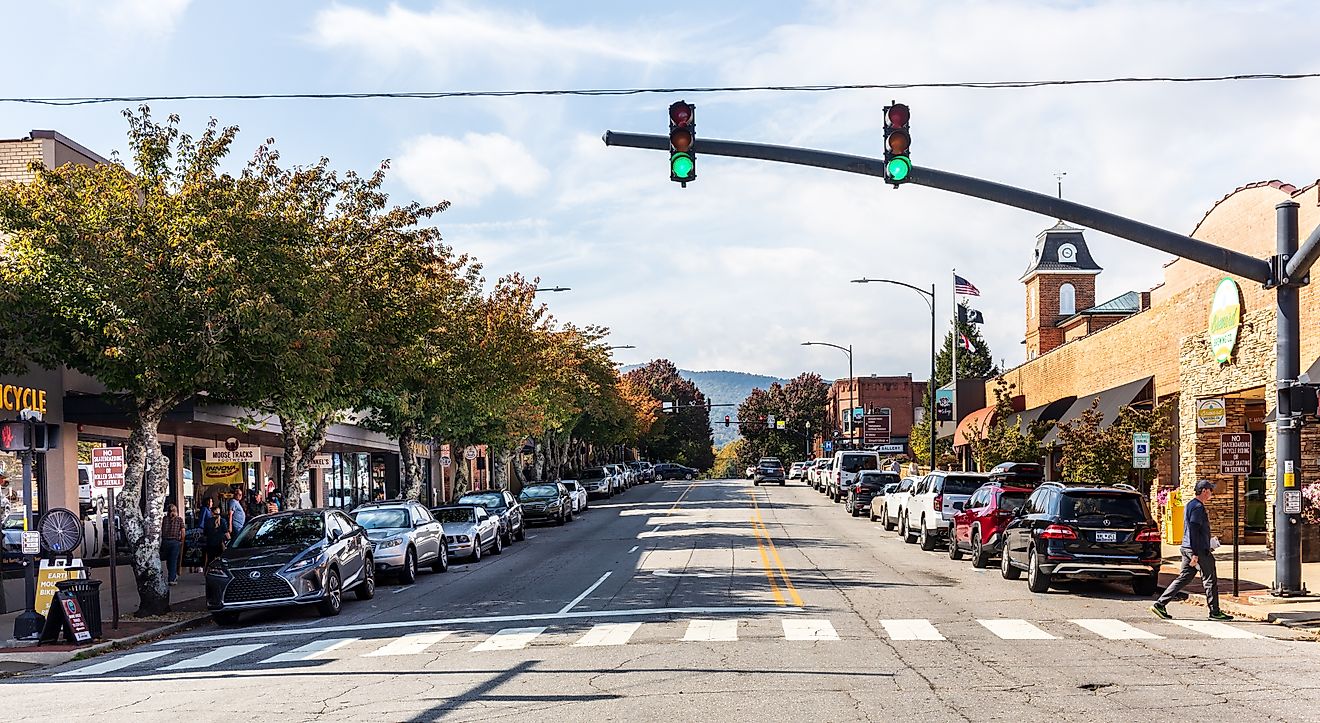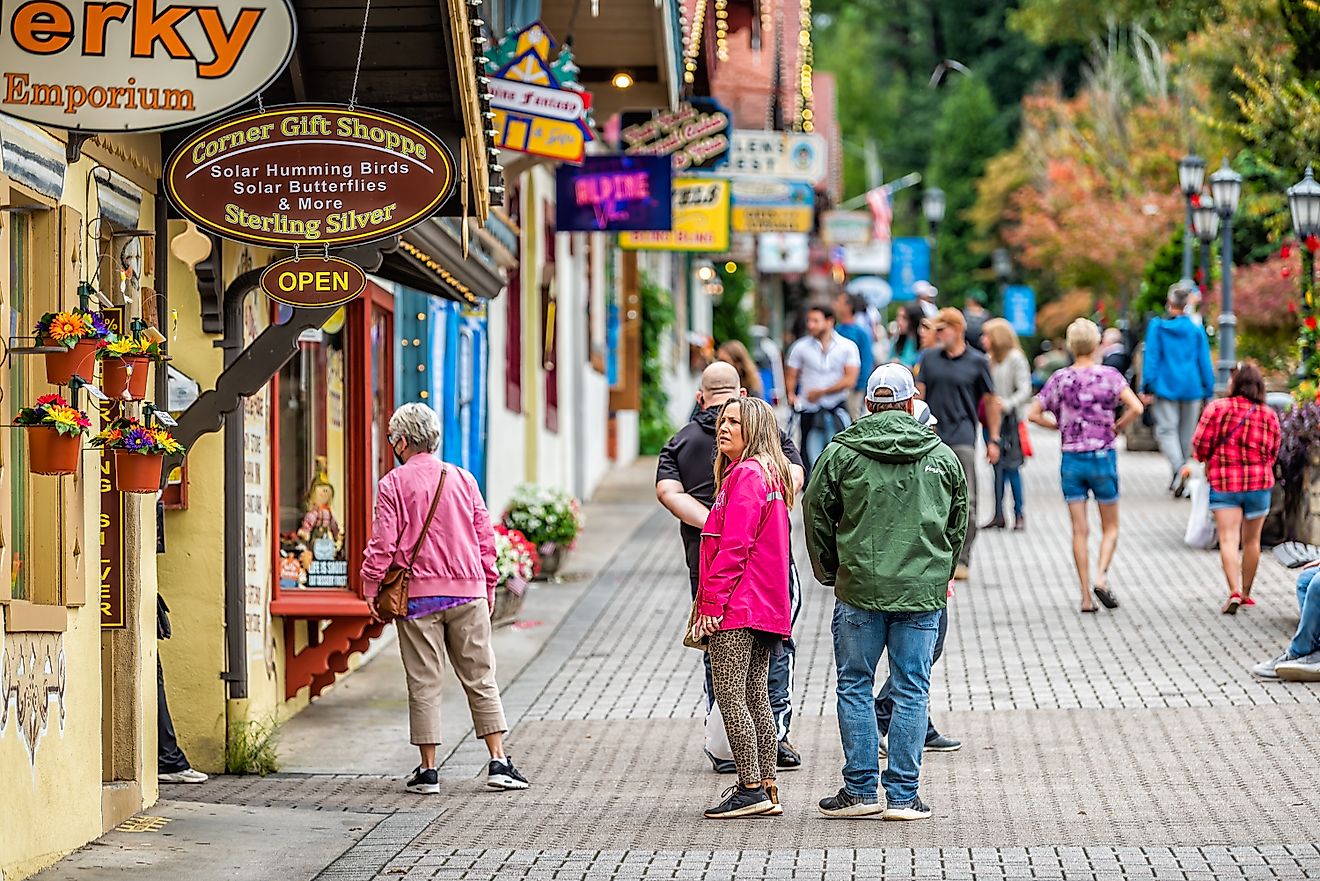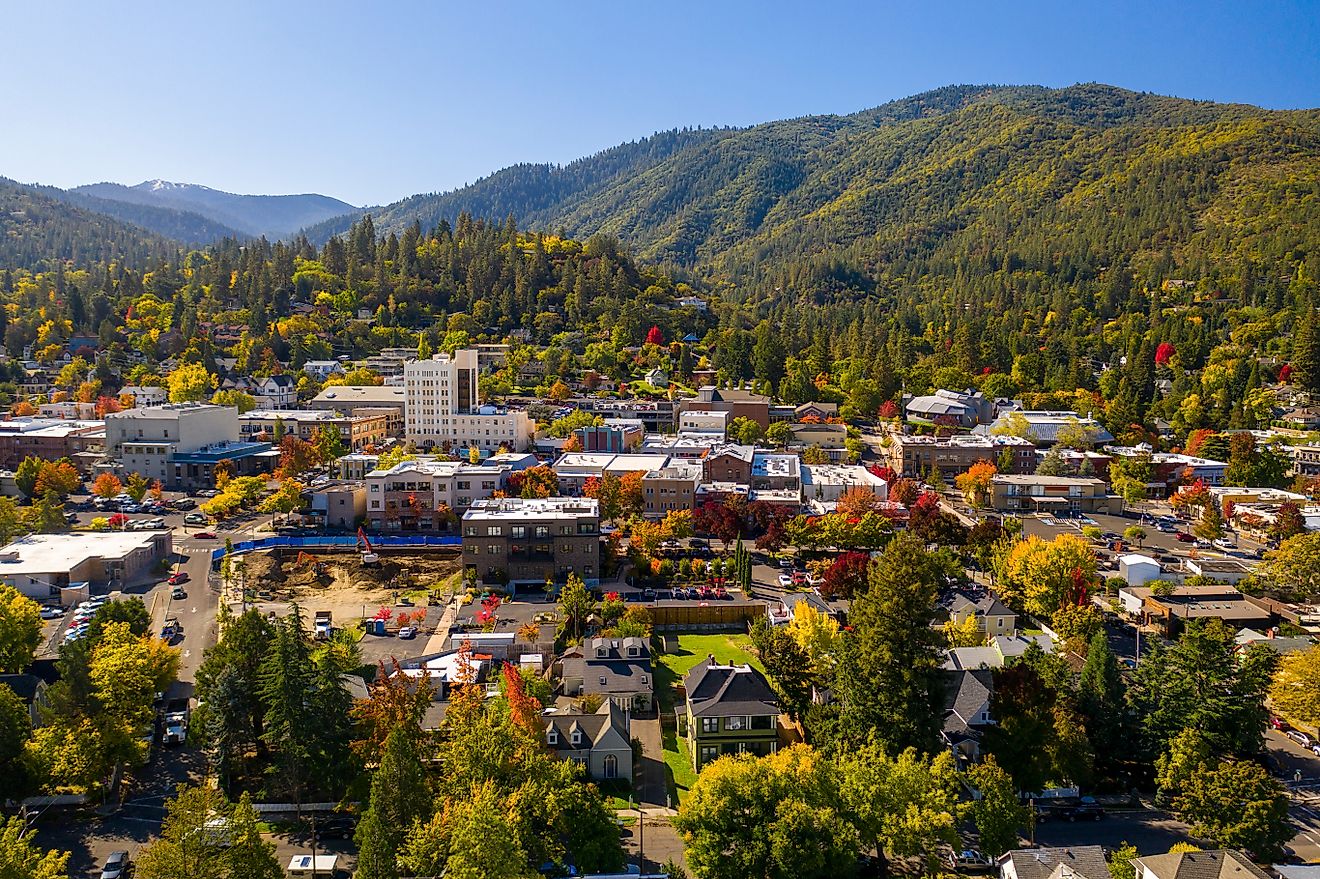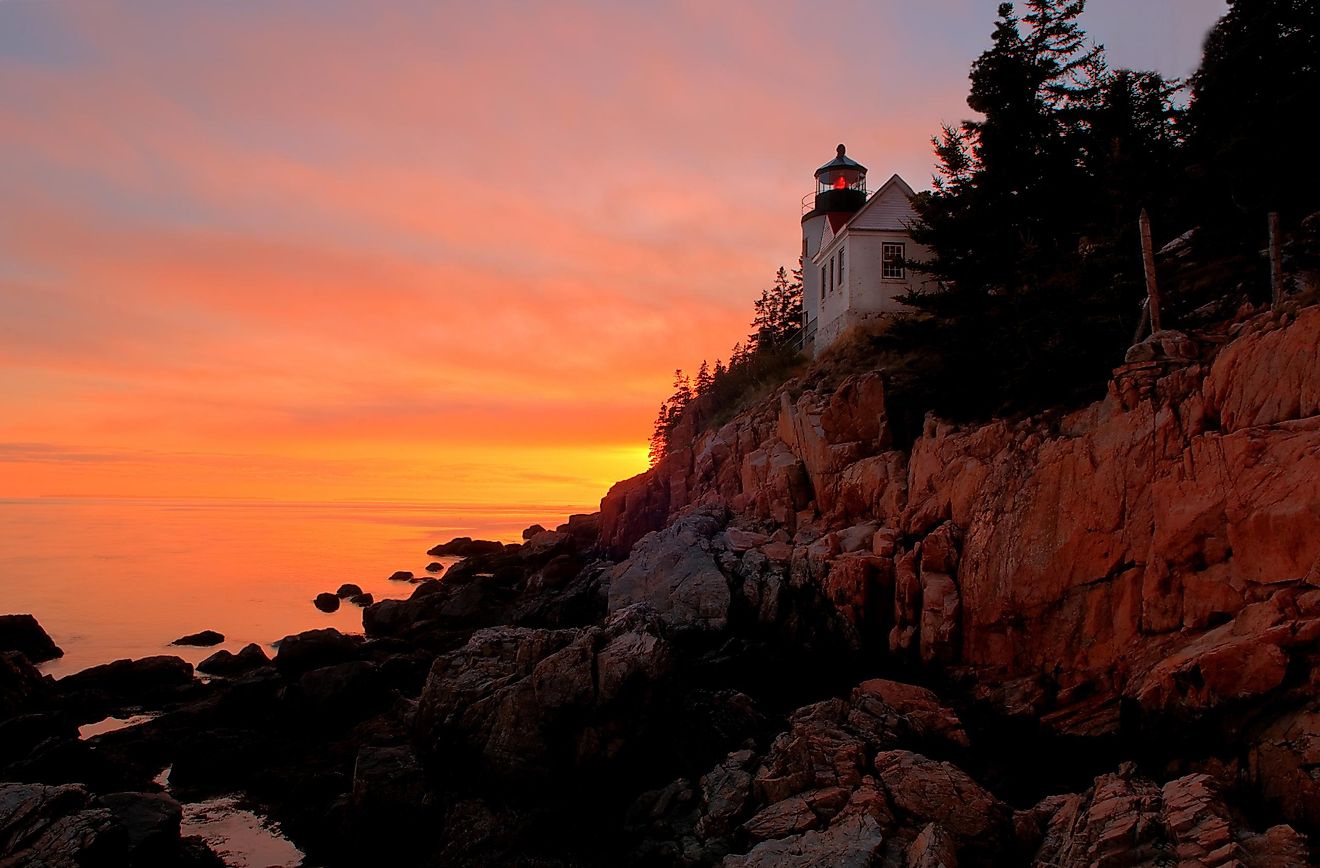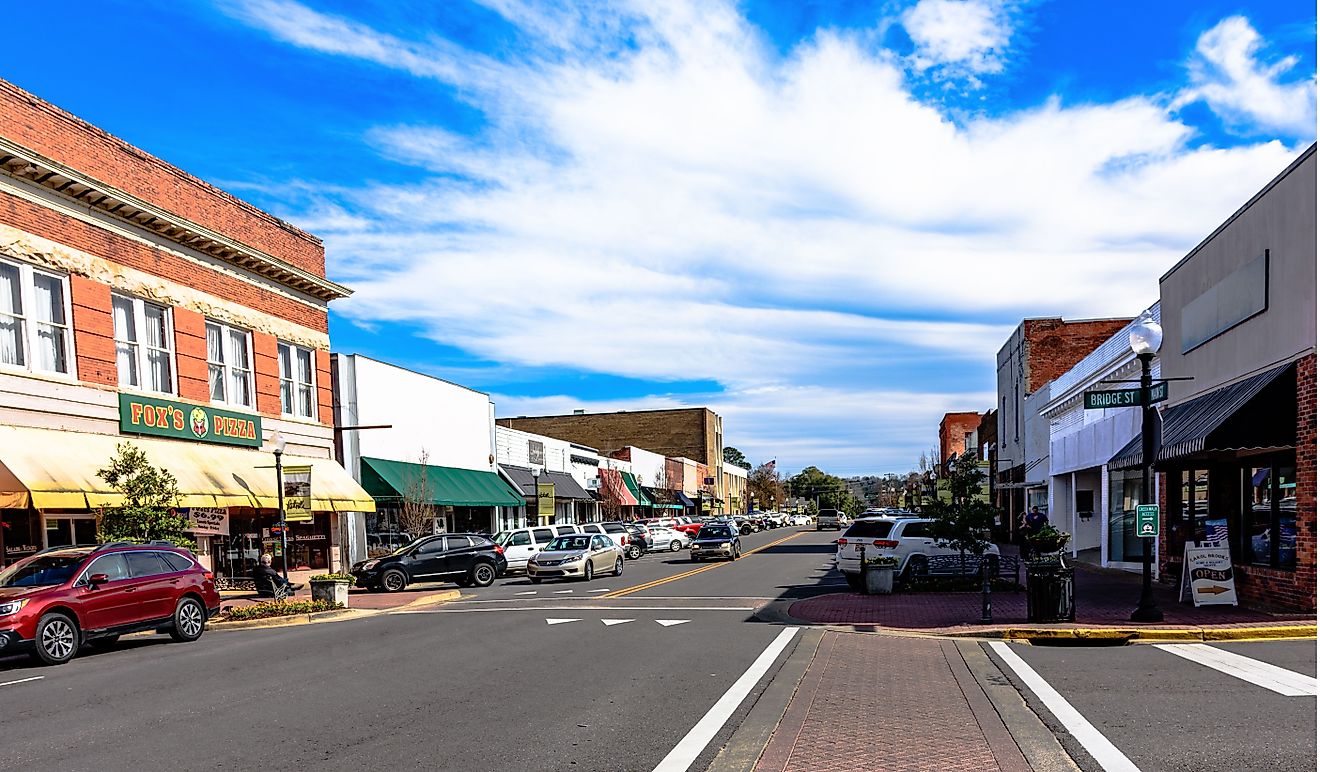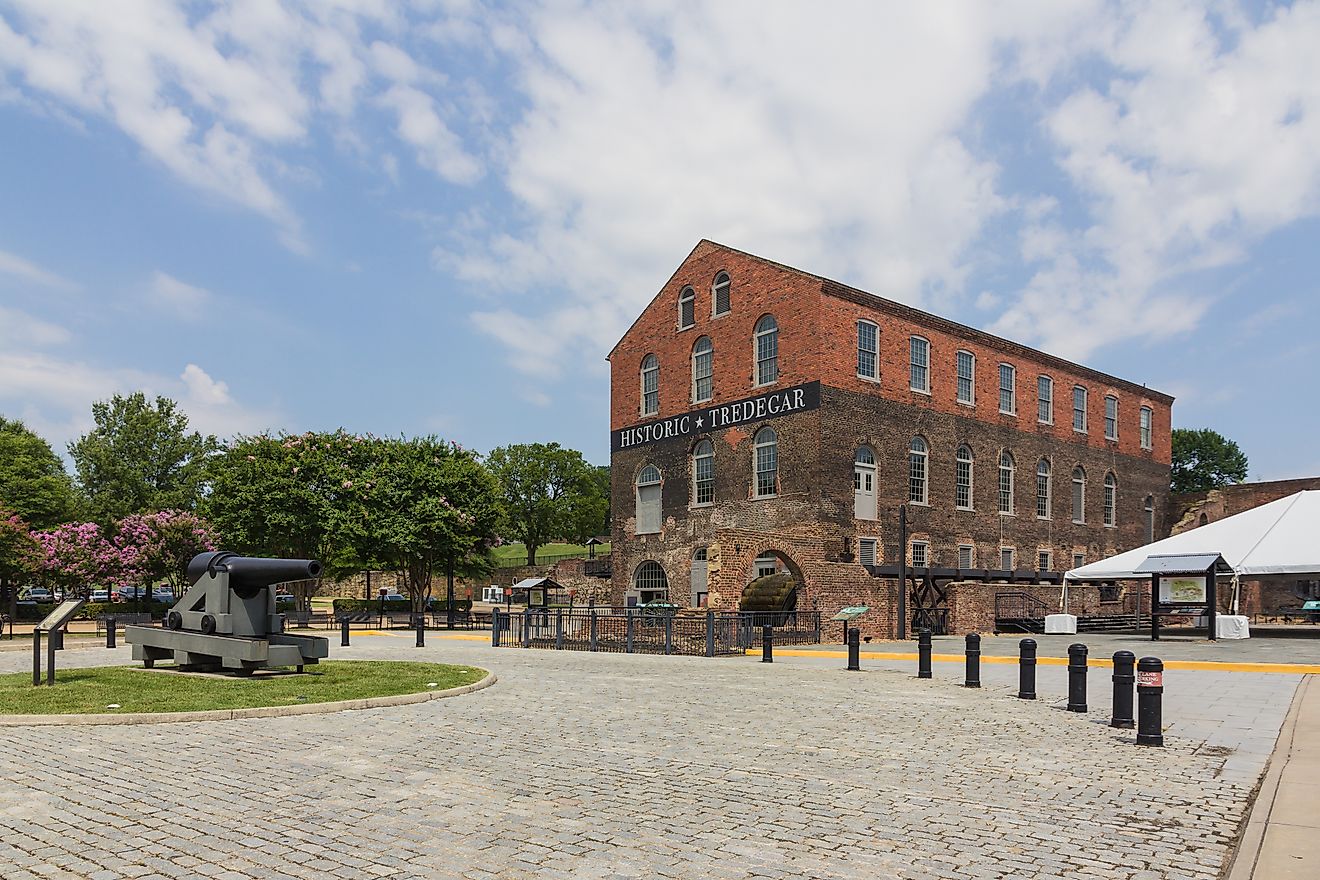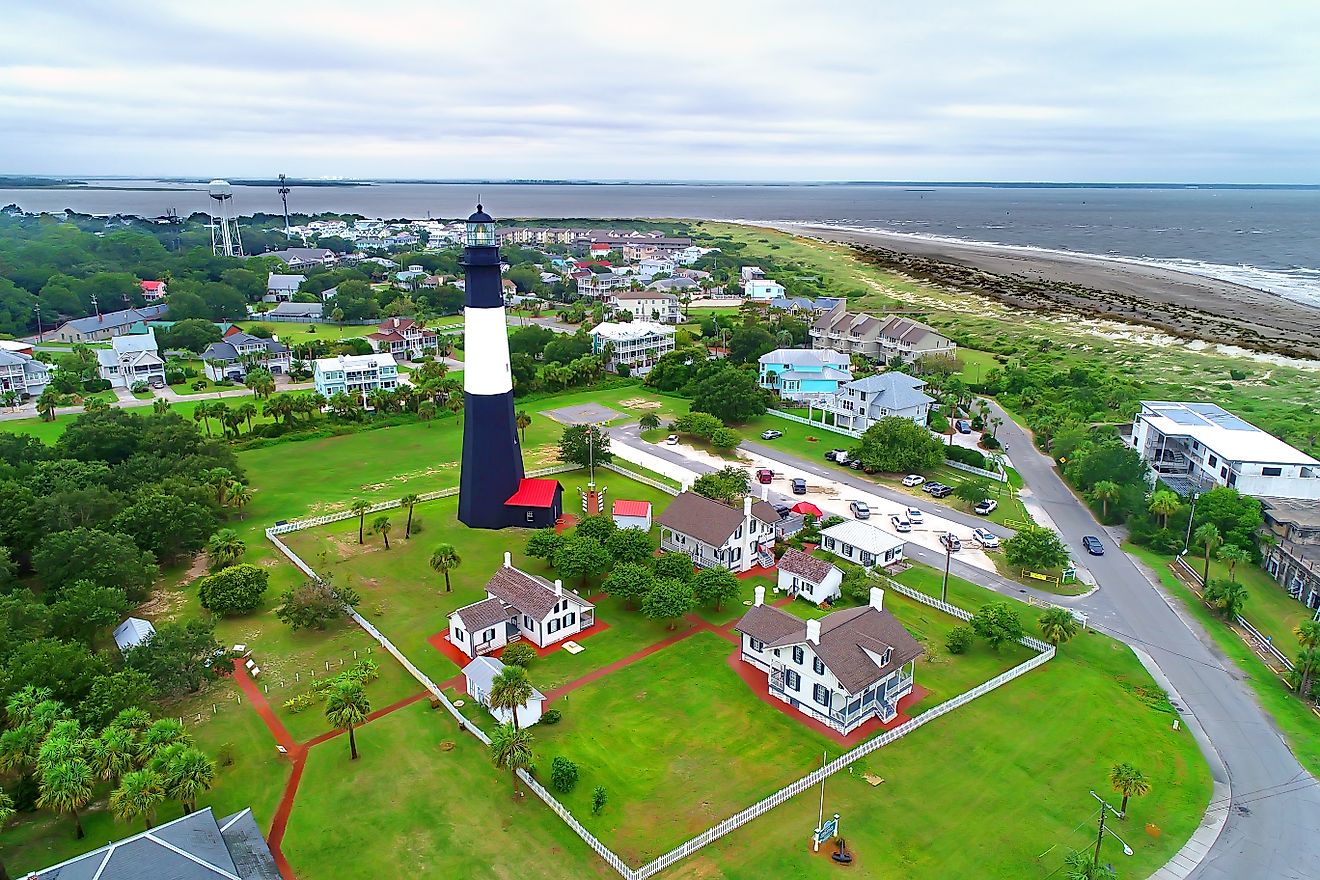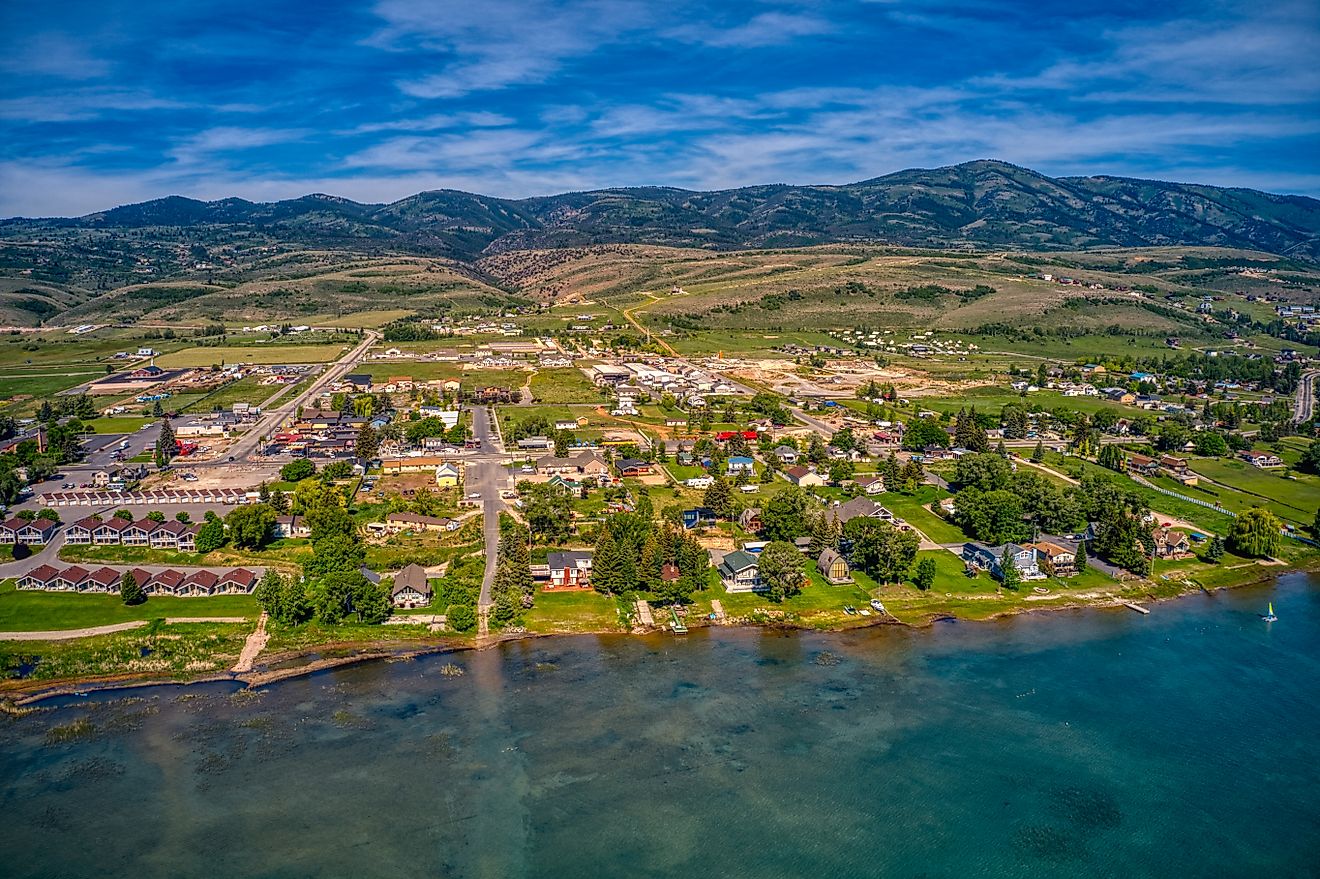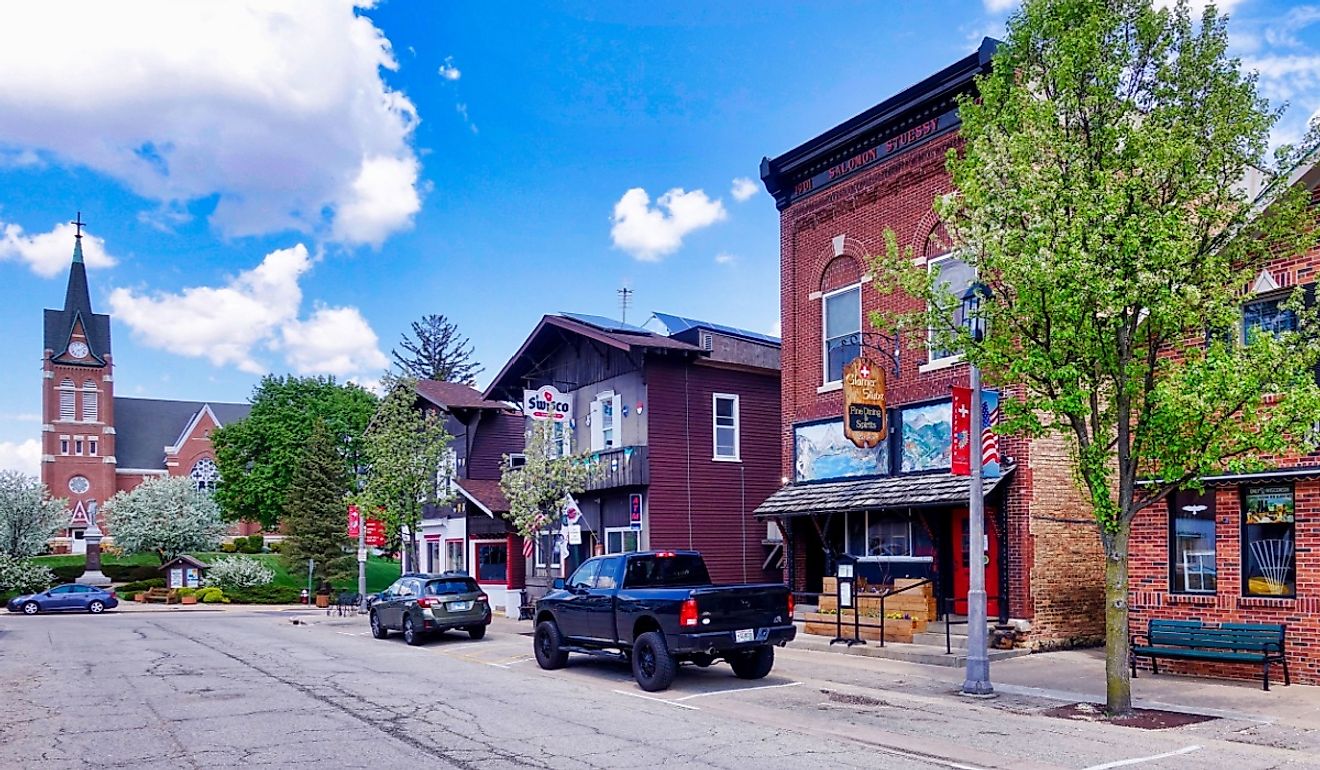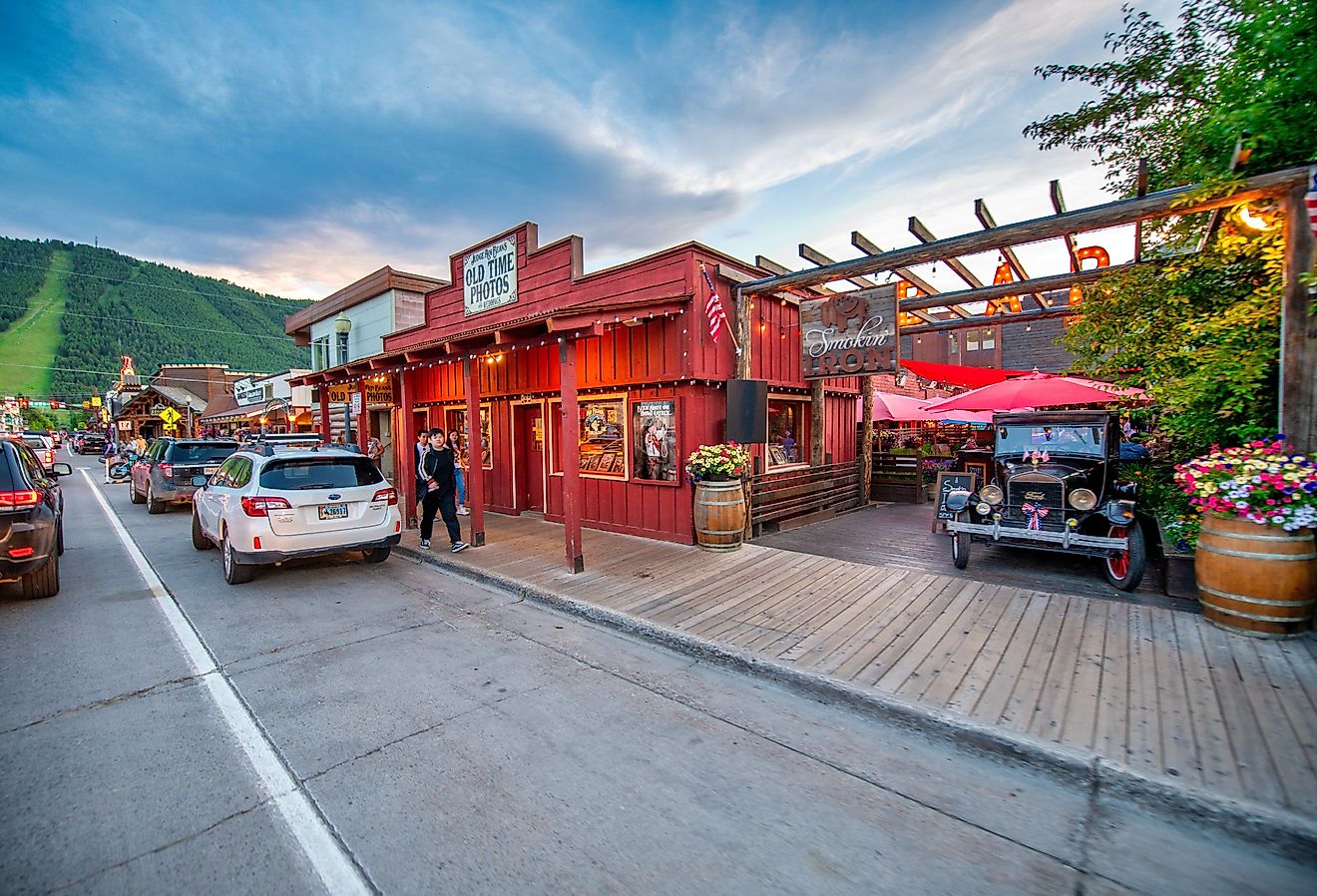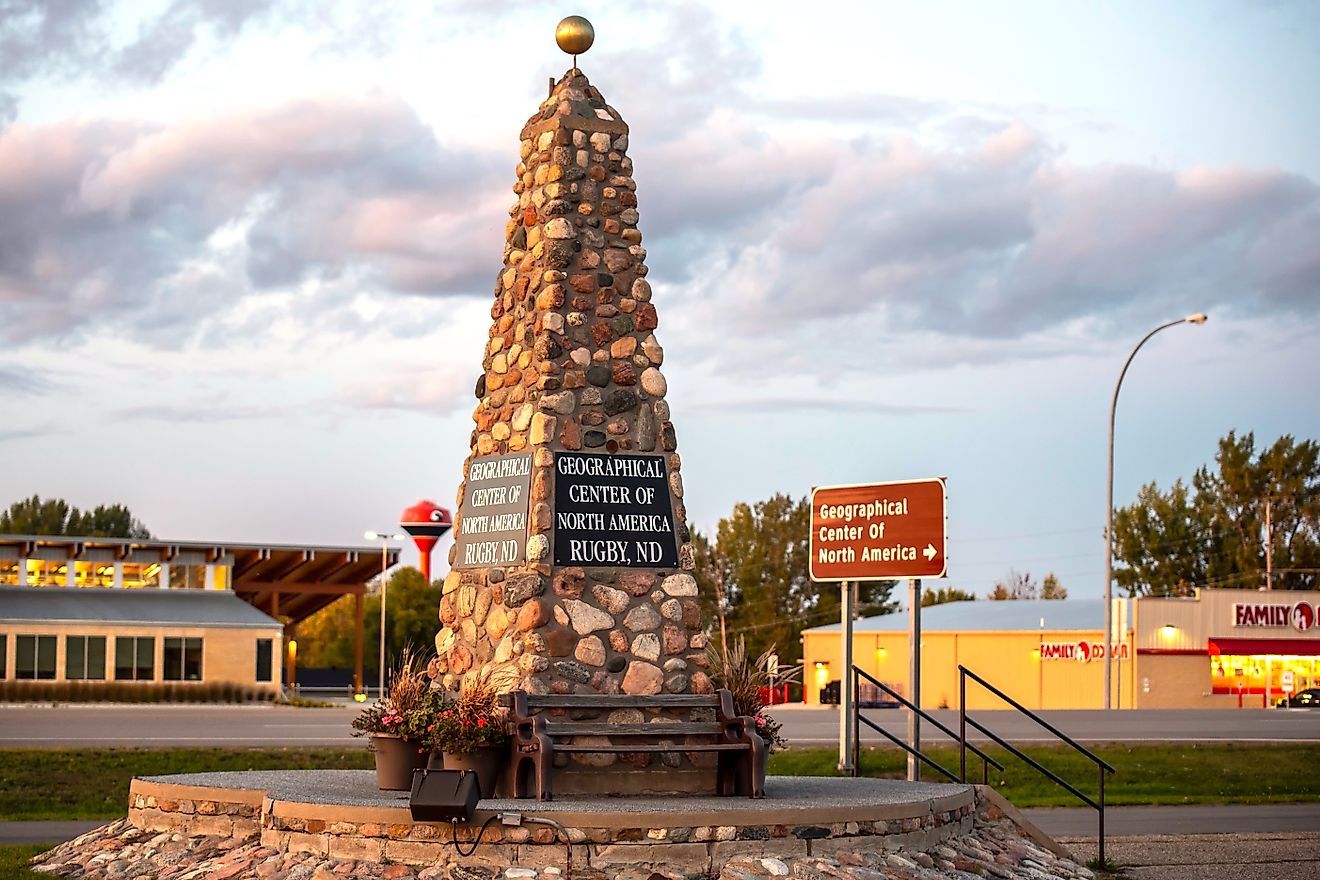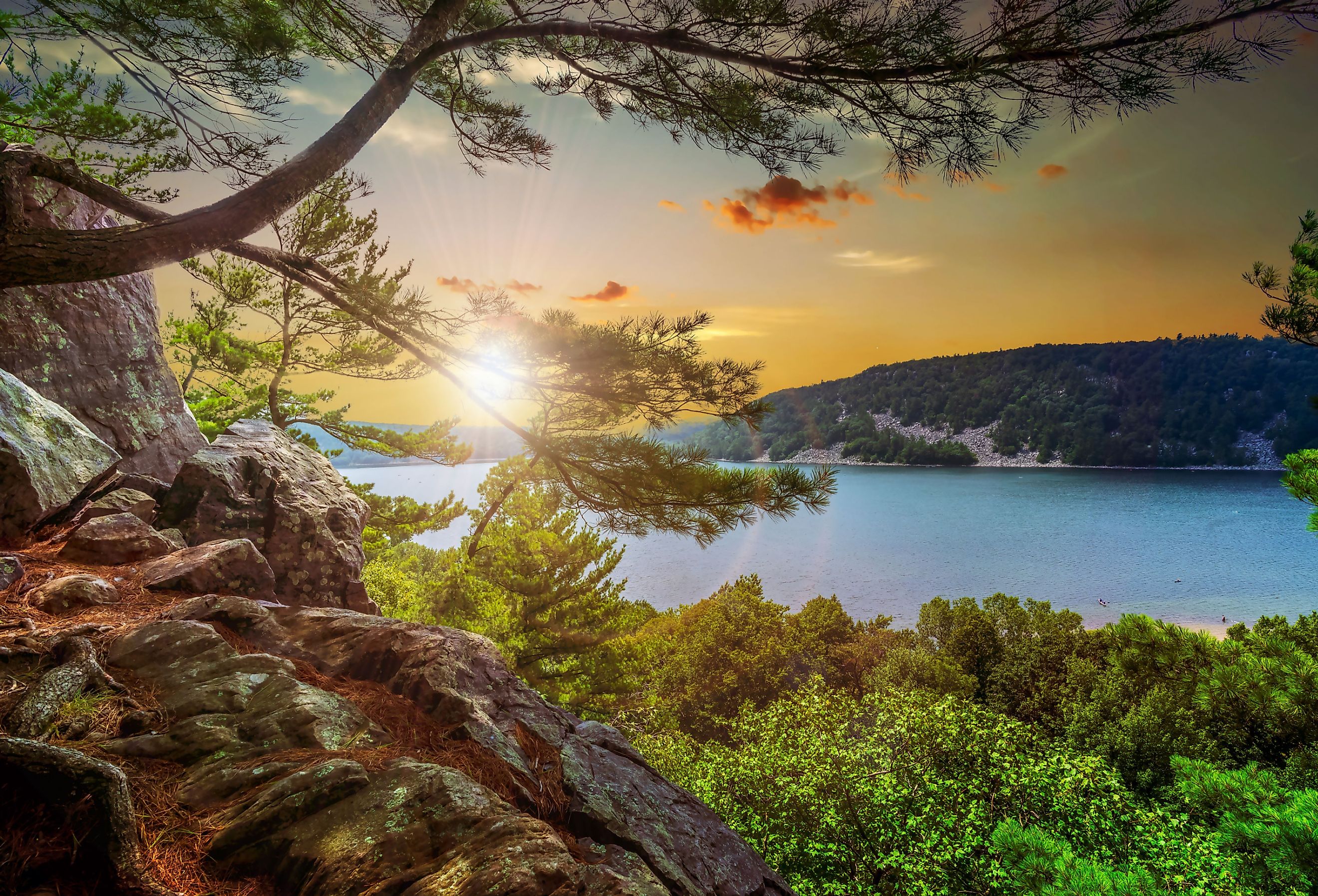
These Historic Towns in Wisconsin Are Worth Exploring
Wisconsin is infamous for being known as the dairy state. While renowned for its predominant dairy industry, this state is home to more than 15,000 lakes and some of the country's kindest people. Formally becoming a state in 1848, Wisconsin was significant for the United States, especially in regard to the logging and fur trading industry. Many of the small towns in this incredible state contain a rich history and stunning natural beauty that are eagerly waiting to be explored.
Menomonie

In 1848, the quaint town of Menomonie was first established in Northwestern Wisconsin. In the beginning, Menomonie was well known for fur trading with the local Native Americans. Eventually, the area became famous for its prominent logging industry thanks to the Knapp, Stout & Co. lumber company. Nowadays, this peaceful town is known for its closeness to nature, as well as for being the home of The University of Wisconsin-Stout.
One of Menomonie's most historic landmarks is the Mabel Tainter Memorial Theater. Still in use today, this Victorian theater can hold 261 people and can be toured during the week. While inside one can take in some of the most beautiful interiors in the state, as well as learn about the history of one of Menomonie's most historic families. The beautiful Red Cedar Trail can be explored, or if visiting in winter, bring some cross-country skis and take in the view alongside the Red Cedar River. Along it, trekkers will be able to see some of the most picturesque views in the state. Another location for those who love the outdoors, Hoffman Hills is one of the best ways to take in the local scenery. With over 700 acres of land to explore, a 60-foot-tall observation tower provides one of the best views of the entire county.
Hudson
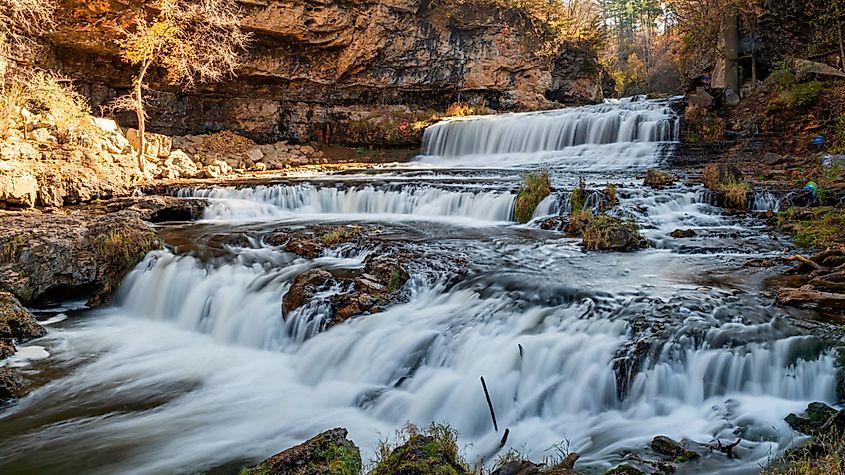
Located alongside the St. Croix River, the town of Hudson has a strong history tied to the lumber industry and the transportation via railway and riverboat. Filled with both natural beauty and historical landmarks, Hudson is a town for nature and history lovers alike. The Arch of the Old Toll Bridge was first constructed in 1913 and is a great pit stop while in Hudson. It was the first interstate toll bridge across the St. Croix River. While it may not still be in use and no longer entirely crosses the river, a portion can still be walked along.
The Opera House was first built in 1880 and after being restored in 1979, this location was put on the National Register of Historic Places. While no longer used for performances, it is still a beautiful spot to visit and take in its history. For those interested in historic architecture, the Octagon House is a must-see in Hudson. Built in 1855, this eight-sided house was initially owned by Judge John S. Moffat, however nowadays it is used as a museum and is open for tours. For those who love nature, make sure to spend some time at Willow River State Park. This state park opened in 1971 has something for everyone. Whether folks enjoy hiking, boating, biking, or even canoeing, they will not be disappointed with this beautiful destination.
New Glarus

Located in southern Wisconsin, this small town was founded in 1845 mainly by immigrants from Switzerland. Nowadays the town is famous for its cheese, sausage shops, and beer. To best understand and learn about this historically significant town, the Swiss Historical Village Museum is a great start. At the museum, antiques that have been collected from some of the first settlers of the town can be viewed. Some of the buildings include a replica cheese factory and a schoolhouse. The Chalet of the Golden Fleece is another location that is recommended for visitors. Here, guests will be able to visit a Swiss Alps chalet-style home that was built in 1937. Visitors are able to view a number of handcrafted items such as wood carvings as well as dolls. Why not participate in the New Glarus Polkafest for those exploring New Glarus in June? For two days, listen to free polka music and enjoy the dancing. One of the most famous breweries in all of Wisconsin has its home in this small town, New Glarus Brewing Co. Tour this world-class brewery and learn about how the employee-owned business has taken over the state.
Berlin
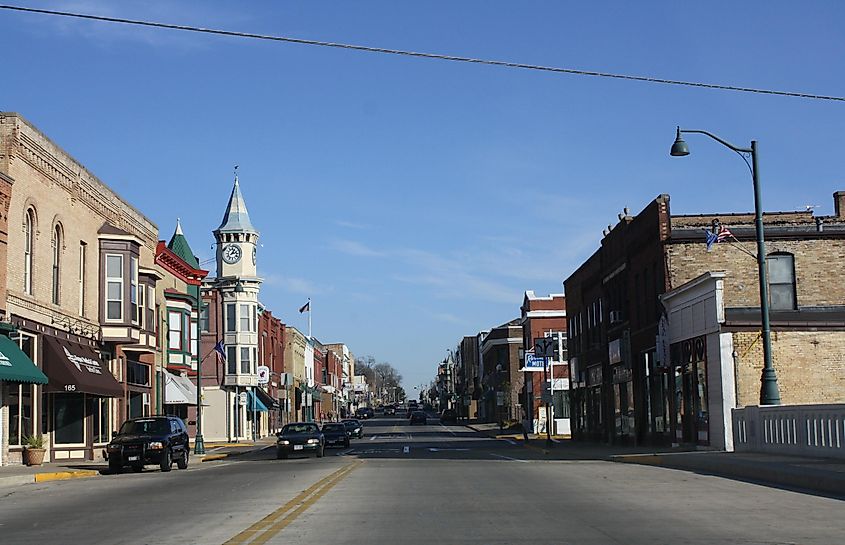
Located alongside the Fox River, the small town of Berlin was founded in 1857 by Nathan H. Strong. Due to its proximity to the Fox River, for much of the early history of this town, it used the river as a highway for French fur traders. The town was once referred to as the fur and leather capital as the industry was prominent in the town. Nowadays this small town is home to a number of international industries. In the afternoon the Museum of Local History is a great start for understanding how the area was before and after settlers started appearing. On the museum's second floor, learn about the prominent cranberry industry in the state. Riverside Park is enjoyed by those who love camping, fishing, and frisbee golf can all be enjoyed. Locals will recommend spending time alongside the river that put this small town on the map. The Fox River flows through the entirety of the town and while it was once used to get from place to place, is now enjoyed more so for recreation. Year-round, Berlin is a town with incredible views of nature and great opportunities to look back at its storied past.
Pepin

Following the Mississippi River, next to Lake Pepin, the peaceful town of Pepin is well known for its summer attractions and rich history. The town became incorporated in 1860 and has been well known for its harbor, which once docked steamboats. Nowadays, the town is well known for its recreational water pursuits, thanks to Lake Pepin, The Chippewa River, and the Chippewa backwaters. For historical reasons, one of the most visited areas is the recreated house of beloved children's author Laura Ingalls Wilder, who lived in Pepin in the 1870s. During the second weekend in September, visitors can experience the annual Laura Ingalls Wilder Days event. During this the town plays host to a parade, arts and crafts booths, as well as historical period demonstrators. The railroad also played a major part in Pepin's history. Visitors can also come and see the Old Courthouse Museum and Jail where they can learn about the history of the area. The Pepin Depot Museum is another attraction worth visiting as it is full of railroad memorabilia and is one of the last stations built in small towns in the state.
Baraboo
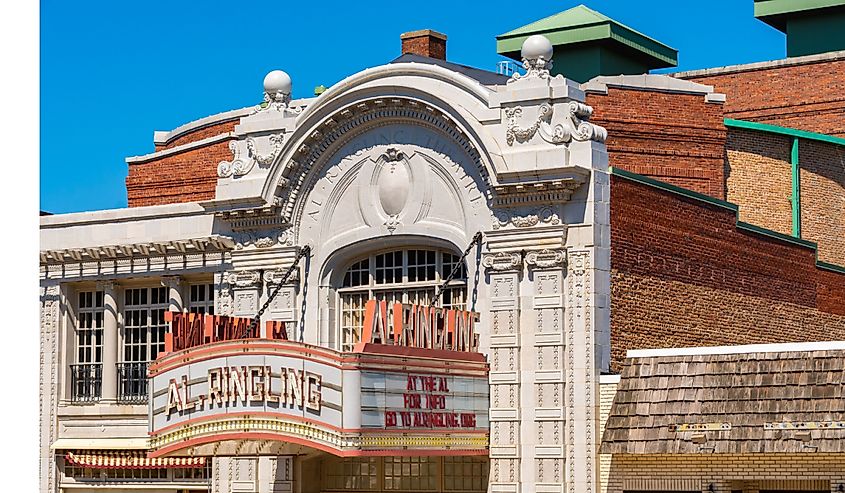
Baraboo, known as the "Gem City'', lies just south of the famous Wisconsin Dells. Officially becoming a town in 1882, Baraboo flourished thanks to its rich agriculture as well as benefiting from the lumber industry. The town is surrounded by Baraboo Quartzite, a glossy pink rock seen in Devil's Lake State Park (hence the name Gem City). Even before being settled by explorers, the land was home to several Native American tribes, such as the Mound Builders. These peoples created large mounds in the earth that can still be seen around Baraboo. After being amazed by the mounds, the Ringling Brothers Circus Museum is another must-see in the town. There you will be able to learn about the history of the internationally recognized institution that were the Ringling Bros. and Barnum & Bailey. For a more natural history, the Devils Lake State Park is a great place to experience some ancient history. People have inhabited the lands surrounding the lake for at least ten thousand years. This 10,000-acre park is a must-see for escaping to a paradise in the summer with plenty of opportunities for hiking and camping.
Mineral Point

In the Southwestern part of Wisconsin, you may find yourself in the town of Mineral Point. During the 1800s, it was discovered that the area had rich deposits of lead ore, and thus attracted many immigrants to settle in the town. However, many who once mined the area soon left due to the California Gold Rush. However, the discovery of zinc and increased agriculture in the town helped turn the city around. One of the most visited areas in the town is the restaurant Pendarvis. This lovely restaurant is best known for its traditional Cornish pasty dinners and tea. It brings one back in time with its amazing interiors and calming environment. Another recommendation from locals is exploring Polperro, which was originally a small home built in 1842; it has now been rebuilt and used as an antique shop and mining museum. Learn about the history of the early southwest Wisconsin settlers by reading diaries, books, and observing the photographs from the time. Go to the Mining and Rollo Jamison Museums to learn even more about what life was like for those early settlers. Displayed in the museum are models, artifacts, and photos of what life was like for those early residents of the area.
Many people who visit Wisconsin mention its natural beauty, its wonderful dairy industry, and the kindness of its citizens. It is easy to forget that the state has a deep and rich natural history as well as boasts its significance when it comes to the early fur and logging industry that was needed for the country. Finding important historical places may require some exploring, and there are no better places to start looking than in this state's small beautiful towns.
